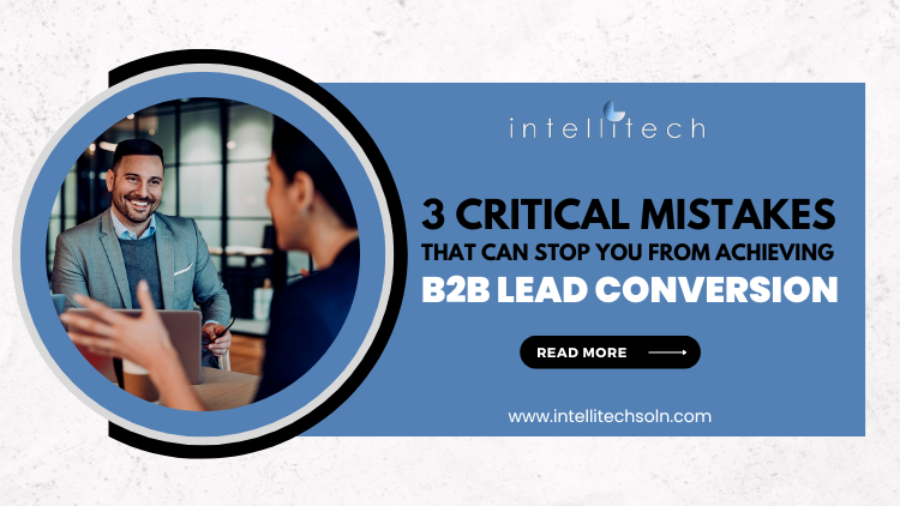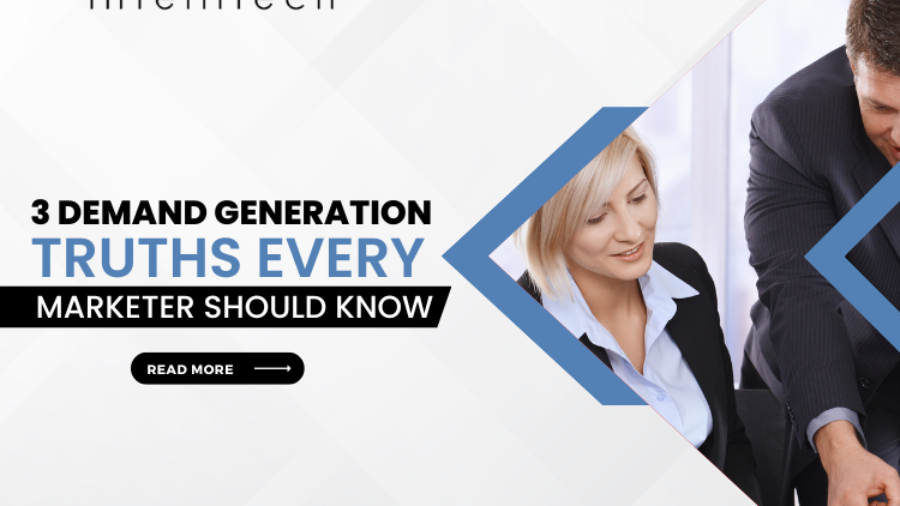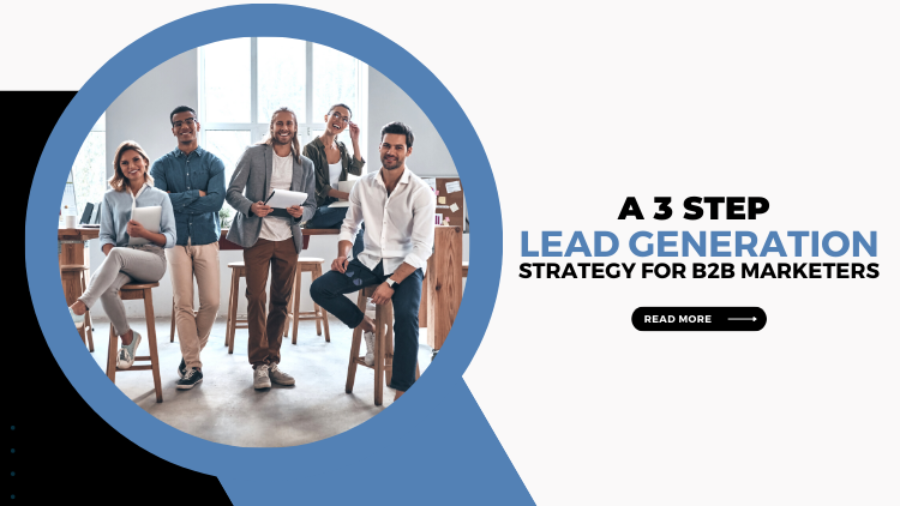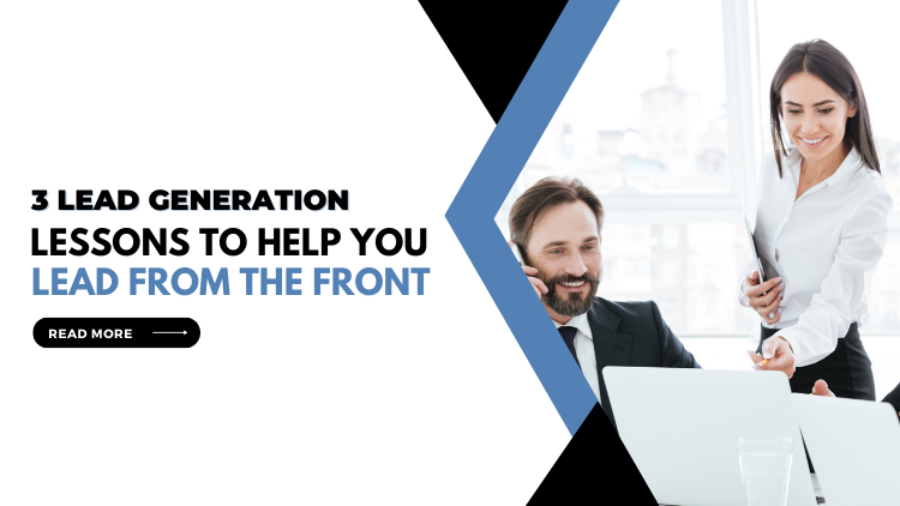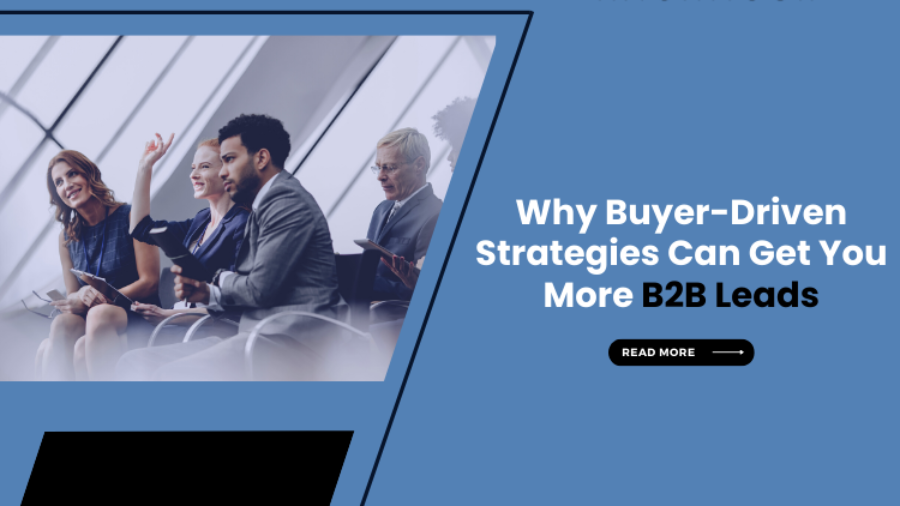For B2B lead generation to work smoothly, one needs to have a solid strategy in place. However, a solid strategy or plan is not always about things to be included in the plan, it is also about things that need to be avoided for better results. B2B lead conversion can become successful if marketers are vigilant and can avoid certain mistakes in the sales cycle.
Let us see some mistakes that every marketer must avoid if he wants to achieve the desired sales results.
Holding on to wrong leads-
Retargeting leads is a good practice but marketers can’t possibly revive every dead lead. There are some leads that you have to let go of. Holding on to impossible leads is a waste of time because it will not give you any returns. Knowing which leads to retarget or hold on to and which leads to let go of is important for increasing ROI. So holding on to any lead that has lost its value in time and is now no longer aligned with your new business goals is a mistake many marketers make which eventually delays the sales cycle.
Lack of action-
One of the biggest mistakes marketers could possibly make is lack of action when they actually have a good lead in front of them. One must not fail to recognize a good lead. Creating demand is an important action and one should be equipped with action-oriented strategies to convert good leads. Once you recognize good leads you must have a plan ready to delight and engage the lead. This will lead to faster conversions. But if you have no action-oriented plan then the possibility of losing the lead can be high.
Missing out on personalization-
Lack of personalization can be a blunder in today’s time. The first priority in messaging and content should be to personalize it in every possible way. If you want to build strong relationships and win loyal customers, there is no substitute to personalization.
Conclusion-
Lack of action and holding on to leads that no longer carry the same value could be big mistakes that can cost a lot to a company. In addition, make sure you understand the customer and his needs very well before planning a strategy. Lack of personalization could also cost a lot to the company.

